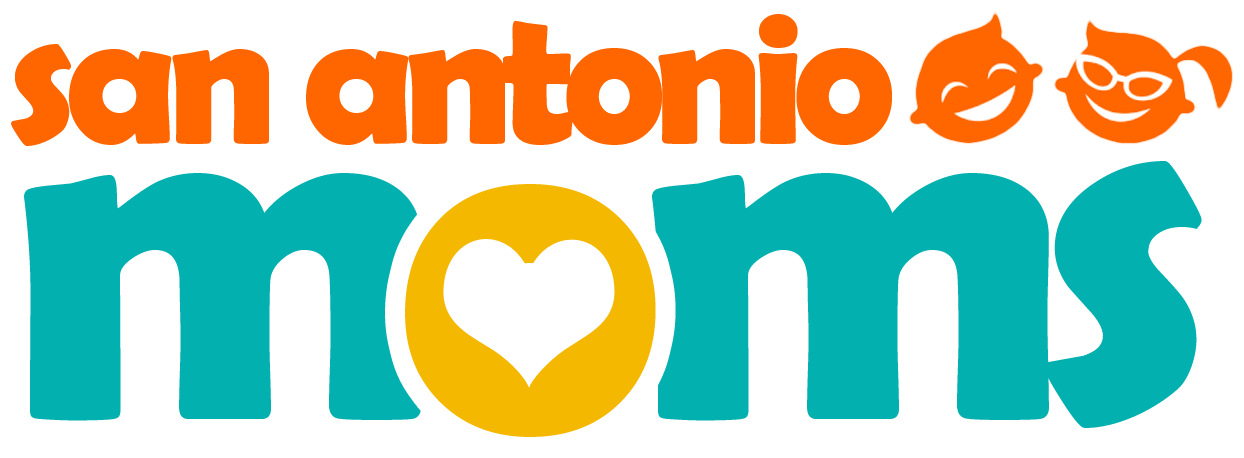Helping Teachers Better Handle Reading Problems
Table of Contents
Dyslexic students can thrive in the classroom with the right help. This article will give teachers the simple tips they need to help their dyslexic students succeed.
When you have a child that is dyslexic, the school can often be a challenge. Many classroom teachers have not had formal training in the correct teaching methods for learning disabled students. There are so many different types and severities of disabilities that could be in a classroom at one time, there is no way one teacher could be an expert on all of them. Therefore, you need to have all of the information you can to make sure that your child has the correct accommodations in the classroom. It is important that you helped to educate the teacher and others that are involved with your child on what to expect from a dyslexic child.
For many students, this is considered an invisible disability. These children have large vocabularies, excellent verbal skills, and appear to be “normal”. In many cases, teachers just think the kids need to try harder. This isn’t true. They work very hard. Usually much harder than their counterparts that is not learning-disabled and still fall behind. Your goal in the classroom is to level the playing field to make sure that your child has every opportunity to succeed.
When requesting accommodations, you need to remember that you’re trying to allow your child to demonstrate his or her knowledge on the subject at or above grade level, even though they have not yet mastered reading writing or spelling at grade level.
This is a list of common accommodations:
Untimed TestsDyslexic students often need extra time to read the questions formulate an answer in their heads get it down on paper.
Oral Testing
Tests are read to the student and the student is allowed to give answers orally (a tape recorder can be used if needed).
Proper Testing
Use match up, fill-in-the-blank, or short answer formats for tests. List vocabulary words for fill-in-the-blank sections at the top of the exam. Dyslexics often know the answer but have a problem retrieving the specific word without a list to choose from. Multiple-choice questions are also difficult for dyslexic students due to the volume of reading required to answer them correctly. If the test is read and alternative measures are made for the recording of answers, essay and multiple-choice tests can be used successfully.
Eliminate or Reduce Spelling Tests
Classroom teachers rarely teach spelling rules in the same way or same order as a dyslexia tutor. Many teachers will accept a spelling test given in a tutoring session as a replacement for the classroom test, or only grade a classroom spelling test on a small number of pre-determined words.
Don’t Force Oral Reading
Teachers should never force students with dyslexia to read out loud in front of the class. If for some reason this is absolutely necessary, warn the student in advance and show them exactly which passage they will have to read so that they can practice beforehand.
Accepting Dictated Homework
Dyslexic students can dictate answers much more easily and quickly than they can write them down. Allow parents to act as a scribe.
Homework Reduction
Most teachers do not realize that it takes a dyslexic student three to four times longer to complete the same assignment as a child that is not dyslexic. A maximum amount of time should be agreed upon between the teacher and the parent for the completion of homework. The student should only be required to work on homework for the maximum amount of time.
Grade on Content
Some teachers take spelling and handwriting into consideration when assigning a grade. For dyslexic children, this is not appropriate. Teachers should be asked to grade only on the content of an assignment.
Limit or Eliminate Copying Tasks
It would be beneficial to the dyslexic student to have a copy of the teacher’s notes. Copying information from the board takes a dyslexic student much longer and often is illegible. If a copy of the teacher’s notes is not available copying notes from a student gifted at taking notes is a good second choice.
Alternate Assignments
Consider oral or video presentations, possibly PowerPoint dioramas collages as alternate ways of showing that the material that’s been taught has been fully understood. These alternatives to long written papers will truly show the dyslexic’s mastery of the information presented.
Provide a Study Guide
ask the teacher to provide a study guide with key terms and concepts to the student also request a review the day before the test or exam.
Listen to Your Student
Often, dyslexic students can explain strategies and techniques that help them learn to teachers. These are usually easy to incorporate into a classroom.
When working with a dyslexic student it is important to remember that you and the teacher are a team. You need to work together for the benefit of your student. Open dialogue is extremely important for your child to succeed. Set up regular meeting times and work together with the teacher to ensure a happy and productive year for your child.
